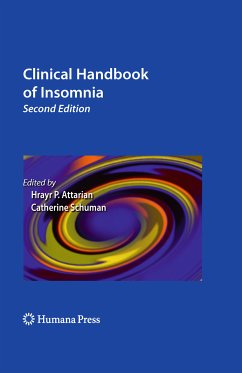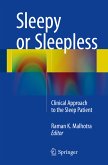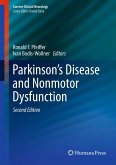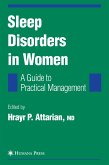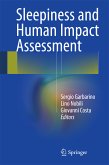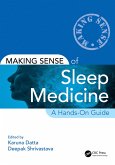With contributions from an expanded team of leading researchers from 5 different countries, this important resource includes new chapters on insomnia in special populations such as children, in adolescents, in the geriatric population, in menopausal women, and during pregnancy. The first edition chapter on insomnia in other sleep disorders has been divided and expanded into three comprehensive chapters addressing insomnia in sleep-related breathing disorders, in circadian rhythm disorders, and in sleep-related movement disorders and other parasomnias. The chapter on insomnia in neurological and medical disorders has also been split into two; an expanded one on neurological illness and another on medical disorders. There is also a new chapter on the association between insomnia and pain disorders, and, crucially, a practical 'how-to' chapter aimed at mid-level clinicians.
The Clinical Handbook of Insomnia 2nd edition also includes state-of-the-art discussion of important developments made in recent years. Along with an overview of significant advances in the treatment of insomnia, including four new medications granted FDA approval and a number of others in the pipeline, the text offers a wealth of of new data regarding the pathophysiology of insomnia. Complete with a host of case studies, charts, and graphs to illustrate the material, the Clinical Handbook of Insomnia 2nd edition continues to fill an important niche in the literature by addressing the issue in its multiple forms and by presenting the information to clinicians in an easilyaccessible format.
Dieser Download kann aus rechtlichen Gründen nur mit Rechnungsadresse in A, B, BG, CY, CZ, D, DK, EW, E, FIN, F, GR, HR, H, IRL, I, LT, L, LR, M, NL, PL, P, R, S, SLO, SK ausgeliefert werden.
"This second edition of a splendid textbook focused on insomnia contains significant revisions and added chapters to further explain this 'condition' that disturbs so many patients during their life spans. ... The book reviews how to diagnose and treat insomnia in an individualized manner for specific settings and for specific patients. ... All in all, the book provides a thorough review of literature for management of insomnia ... ." (Indermohan S. Thethi, William H. Wehrmacher and Harry Messmore, Comprehensive Therapy, Fall, 2010)
"This update of a book in the Current Clinical Neurology series presents new information on insomnia. ... This book is designed primarily as a clinically-oriented, readable handbook on the evaluation and treatment of insomnia patients for general practitioners in the primary care setting. ... This is a significant contribution to the field of sleep medicine in general, and the topic of insomnia in particular. Given new developments in the field of insomnia, this book is a timely addition to the sleep literature." (M. Isabel L. Crisostomo, Doody's Review Service, September, 2010)

